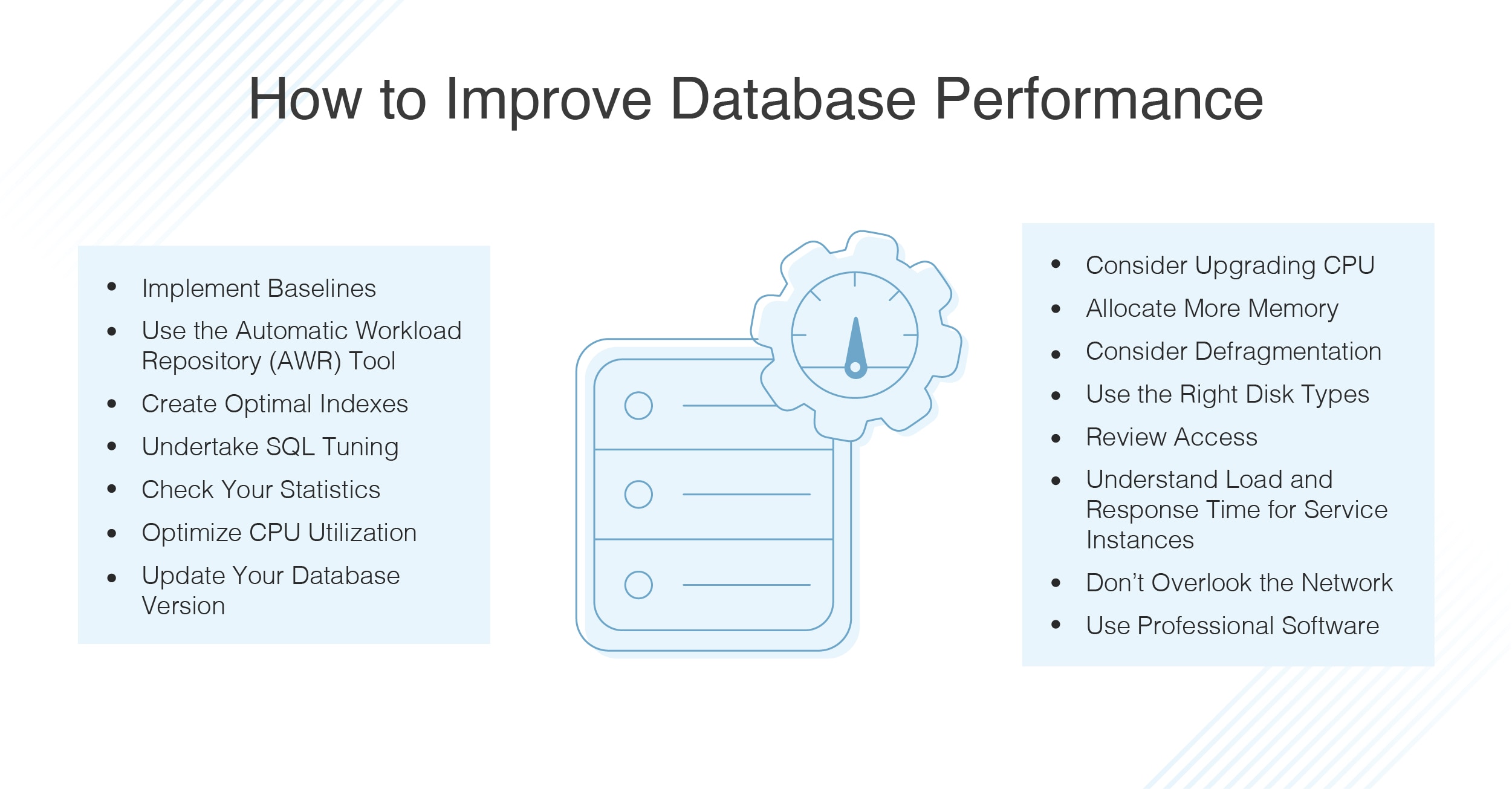How to Optimize DB2 Update SQL Performance
DB2 is a powerful relational database management system used by many organizations for storing and managing massive amounts of data. When working with DB2, it is essential to ensure that your update SQL queries are performing efficiently to avoid slow response times and wasted resources.
Optimizing the performance of update SQL queries in DB2 involves various strategies and best practices that can help you achieve faster and more efficient updates. In this article, we will explore some tips to optimize DB2 update SQL performance.
1. Use Indexes
Indexes play a crucial role in optimizing the performance of update SQL queries in DB2. By creating indexes on columns that are frequently used in update operations, you can significantly improve query execution times. Make sure to analyze your query workload and create indexes based on the columns that are most frequently updated.
It is also essential to regularly monitor and maintain your indexes to ensure optimal performance. Consider using tools like db2top or IBM Data Studio to analyze index usage and identify any potential performance issues.
2. Batch Processing
Batch processing is another effective strategy to optimize update SQL performance in DB2. By grouping multiple update operations into a single batch, you can reduce the overhead of executing individual statements and improve overall performance.
Consider using tools like DB2 Load or IBM Data Studio to perform bulk updates using batch processing techniques. This approach can help you achieve significant performance gains when updating large datasets.
3. Avoid Full Table Scans
Full table scans can severely impact the performance of update SQL queries in DB2, especially when working with large tables. To optimize performance, avoid full table scans whenever possible by using WHERE clauses or indexes to narrow down the rows that need to be updated.
Make sure to analyze your query execution plans to identify any full table scans and optimize your queries accordingly. By minimizing full table scans, you can improve the overall performance of your update operations in DB2.
4. Partitioning
Partitioning can help improve the performance of update SQL queries in DB2 by dividing large tables into smaller, more manageable partitions. By partitioning your tables based on specific criteria (e.g., date ranges or key values), you can reduce the amount of data that needs to be updated in each query.
Consider using tools like IBM InfoSphere Optim to implement table partitioning and optimize your update operations. Partitioning can help you achieve faster query execution times and improve overall database performance.
5. Update Statistics
Updating statistics is essential for optimizing the performance of update SQL queries in DB2. By regularly updating table and index statistics, you can provide the query optimizer with accurate information about the data distribution and improve query execution plans.
Consider using the RUNSTATS command or tools like db2top to update statistics on your tables and indexes. By keeping your statistics up-to-date, you can ensure that the query optimizer makes informed decisions and generates efficient execution plans.
Conclusion
Optimizing the performance of update SQL queries in DB2 is crucial for ensuring efficient database operations and improved overall performance. By following the tips and best practices outlined in this article, you can optimize your update operations and achieve faster query execution times.
Remember to regularly monitor and analyze your queries, indexes, and statistics to identify any potential performance bottlenecks and optimize your update SQL queries accordingly. With proper optimization techniques, you can maximize the efficiency and performance of your DB2 database.
